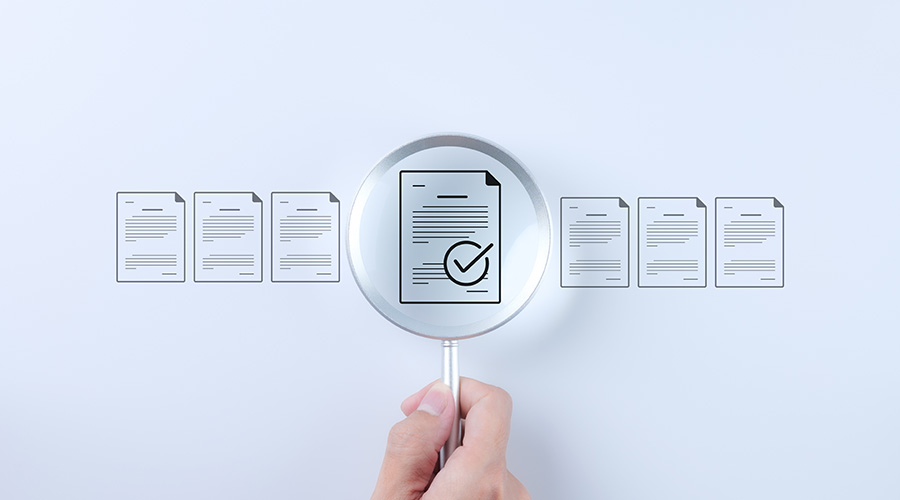Achieving Sustainability and Maintainability in Facilities
Editor’s note: This is the second of a two-part column. The first part appeared in January 2014.
Sustainability has become a top priority in institutional and commercial facilities in the last decade. Architects and consulting engineers continuously strive to reduce buildings’ energy use in order to conserve valuable natural resources and protect the environment.
But using unproven building materials and systems to achieve these goals can create long-term issues for maintenance and engineering managers and their departments. The practice also can have a significant impact on maintenance and operations budgets.
The first part of this column focused on informing maintenance and engineering managers, as well as building owners and front-line technicians, about the impact of sustainable products and systems — specifically, HVAC systems and equipment and building automation systems — on the design, construction, maintenance and operation of facilities. This column will focus on the impact building envelopes and paved areas can have on both sustainability and maintenance.
Building envelopes
The building envelope is one of a building’s most important systems. Its basic functions are to provide a barrier between the outside and the inside, provide proper insulation, and provide a structural element for supporting other structures. If walls, doors, windows and roofs are not designed and installed correctly, they can contribute to mold and mildew, which can lead to sick-building syndrome if not corrected in a timely manner. In addition to proper installation, some types of materials do not work well in certain environments. Wall systems that are effective in Florida might not be as effective in New York.
Managers can ask several questions to ensure the reliability of the building envelope. First, if facilities already have a proven building envelope system, stick with it. If precast concrete, aluminum clad windows and EPDM roofing systems have worked in existing buildings for 40 years, why change? These systems can achieve LEED points, depending on the way they are manufactured — with recycled materials, for example, — or how far the products are shipped.
Managers do not have to change strategies to have sustainable facilities. If managers are taking over new facilities or do not have a strategy, they can ask the architect or contractor to provide references for other facilities they have designed or built using the proposed systems before finalizing the preliminary design.
In investigating these facilities, visit them and ask to speak to the maintenance staff. They will tell the truth about the performance of the building envelope or any other system, for that matter.
Related Topics:












